Ahoy there!
We’ve been working on Observatory for over a year now, and hoo-boy, this project has got a very long mid-section. To alleviate the dreariness of the mid-project doldrums, we’re making a quick side-project. We’re only a few days in, but I think there’s already some amount of fun/cute/derpy stuff to see.

It’s called Office Pie, and it’s an game set in a corporate workspace. “Office pie” is the kind of pie that you eat in an office. Don’t worry; you won’t actually do much work here. You will have a checklist, though. A playthrough will probably take about 20-30 minutes to complete, once it’s all finished.
It’s been super fun to work with voxel art so far – it’s insanely fast to produce assets compared to a “full-on” modeling process. We’ve been using MagicaVoxel, which isn’t perfect (particularly, it’s missing a “drag selection” feature), but it’s free and has worked very comfortably for me so far. Plus it has this goofy button for exporting isometric pixel art from your voxels…which is kind of hilarious, but could maybe serve as a base for a pixel artist to add detail to?

If a pixel artist was good at their art, maybe it’d be faster for them to just do it in 2D the first time. I dunno. Whatever. It has an automagic pixel-art button, and that makes me laugh.
A neat side-effect of using voxel art is that we can very easily switch between an “isometric view” and a “3/4 view” by rotating the camera in 45 degree increments:


It’s tough to talk about the plans for Office Pie without spoiling the fun, so instead we’re just going to be sharing some early builds – up until the point when we reach spoiler territory.
We plan to release the game on itch.io for a few dollars, and then possibly take it to Steam later.
In this first build, you’re controlling three characters with the same input. This isn’t how the actual game will work, but we’re testing some animation retargeting features with different skeletons, and I haven’t implemented any AI for NPCs yet.
Some info about our animation:
– There’s one walk animation; two steps straight forward
– Feet plant to the ground during this animation by remembering all contact points and using IK for the legs
– Couch and vending machine animations are entirely based on IK mixed with the idle animation: there’s no imported animation clip, and instead the motion is described in the inspector
This is the animation data for interacting with the vending machine (the “Marker” objects are empty gameObjects, marking target positions and sometimes orientations):

WASD to move, spacebar to interact (right now this only works on the couches and the two vending machines – more over time), Q+E to rotate the camera, and hold the 1 key to play a little tester “squatting” animation. Press tab to toggle slo-mo, if you want to see the character movement in detail (or if you have “Still D.R.E.” playing in another tab).
Still a tech demo for now, but:
Click here to play the WebGL build
There are some silly bugs if you make somebody run into somebody else while they’re interacting with an object.
More news for both this and Observatory soon! We just got a connection with another headset manufacturer, so the pack is gonna be supporting a new platform in the near future.
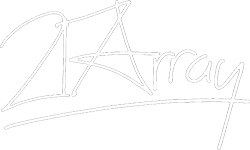
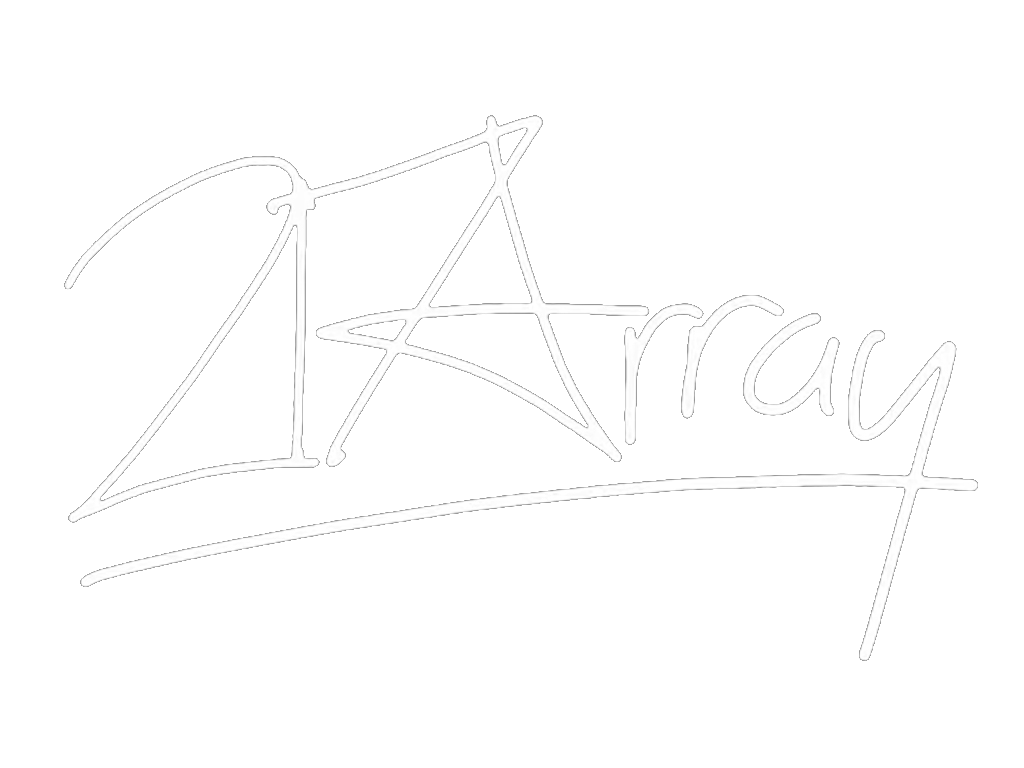
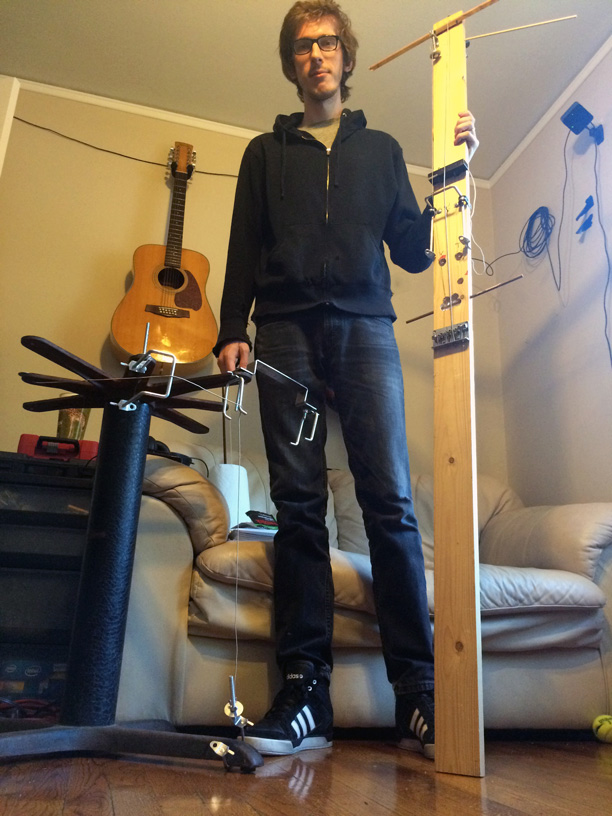

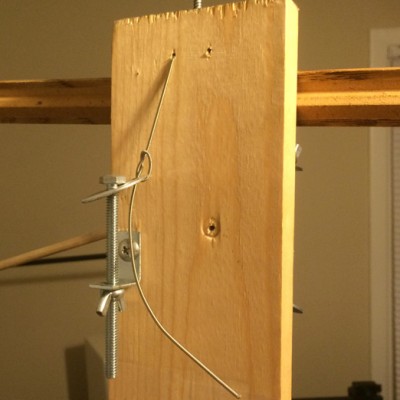
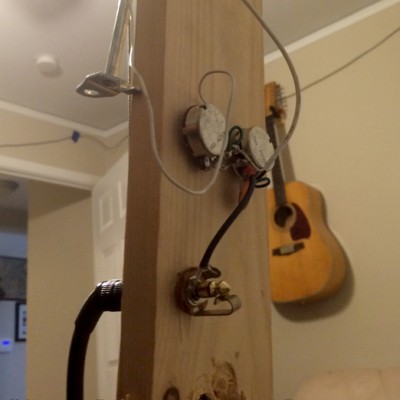


One Response
Mike
Nice idea with the musical instruments, that’s suuuuuuper important for learning something completely. Like you’re going to know about different materials and how sound works, thats cool. I learned about how meat dries, and now I have an idea of how things dry. Also, for the cell game, (maybe) making it more realistic, by like making it kinda like a 3d osmosis jones will make it more visceral and real. maybe. Yea but it’s gonna take you a while to make anything, just like my cousin who’s an artist, each mosaic takes like a month, depending how big it is. A big project, like on the side of a building took him like 8 months, but his work is…. rigorous and detailed and very thoughtful and carefully crafted. His works are good, old museum art good, like roman vases good. Anyway, yea it’s good that you are making your own instruments because i’m doing the same thing, but with economics. It really helps you understand precisely how the physical world works. It’s nice.